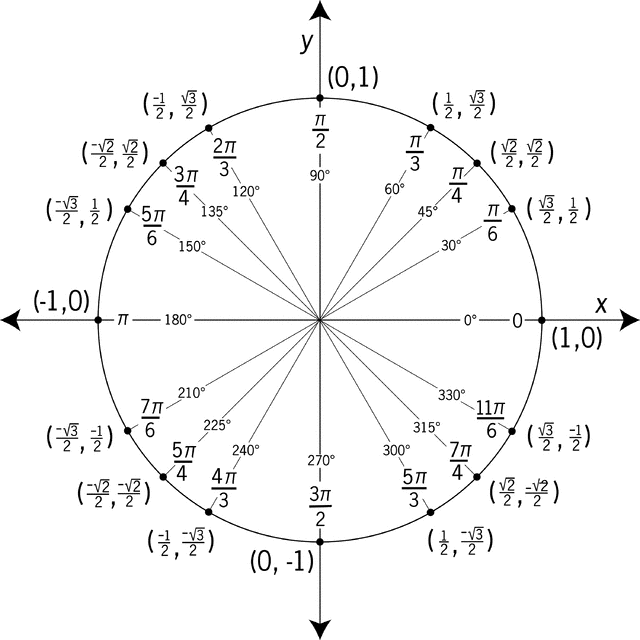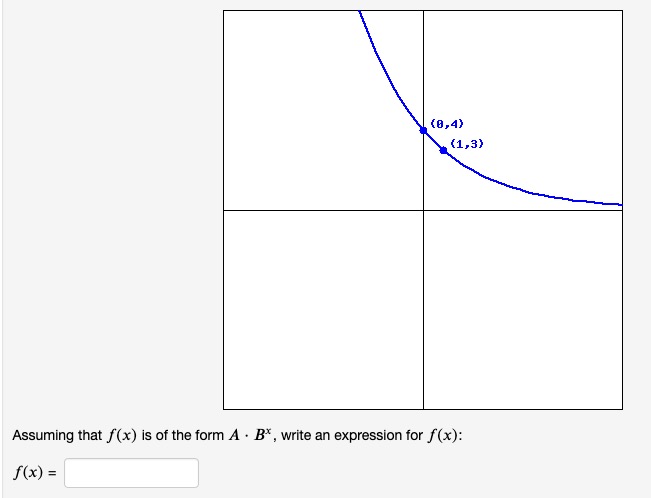The application of exponential functions to compound interest is discussed in Sec 17.2 of the textbook, and we discussed in class how compound interest and population growth can in some cases be modeled with exponential functions of the form:
A(t) = P*(1+r)t
where
- A(t) represent the “amount” at time t
- P = initial amount at time 0, i.e., A(0) (since A(0) = P*(1+r)0 = P)
- r is the growth (or decay) rate.
Note that in cases like this, we have an exponential function with base b = 1 + r.
For example, we went through this example from the WebWork (Exponential Growth and Decay – Problem 3):

In this case, the initial population (i.e., in the year 2000) is 114 (million), and the growth rate r = 0.018 (i.e., the population grows by 1.8% each year).
We solve (1) by evaluating P(4) (since “P(t) represents the number of years since 2000″):
P(4) = 114*(1.018)^4 = 114*(1.0739674398) = 122.432287359
But note that “P(t) measures the population in millions” so the population is 122.432287 million, and to find the actual population in 2004 we need to multiply this result by 1,000,000 (and round down), so we get 122, 432, 287.
For (2), we similarly evaluate P(25).
For (3), we need to find the value of t such that P(t) = 2000 (since 2 billion is equal to 2000 million). That means we need to solve the following exponential equation:
P(t) = 114*(1.018)^t = 2000
We previously discussed how to solve such an exponential equation by using logarithms and the logarithmic properties. First we divide both sides by the leading coefficient 114:
(1.018)^t = 2000/114
Then we take the logarithm of both sides (we can use any log function; here let’s use “log” i.e., the logarithmic function with base 10):
log [(1.018)^t] = log [2000/114]
Now we apply the log property to bring the variable t down in front–this is what allows us to solve for t!
t*log [1.018] = log [2000/114]
and so
t = log [2000/114]/log [1.018] = 160.57
where we use a scientific calculator with the “log” function to calculate to a decimal approximation.
So it takes approximately 160.57 years for the population to 2 billion. To answer the question of in what year will the population reach 2 billion, we add this number to 2000, to get 2160.57, meaning the answer is the year 2160.
Now let’s consider a slightly different form of exponential growth or decay, as described in Exponential Growth and Decay – Problem 1:

So in certain applications, including “interest compounded continuously”, we use an exponential function of the form
A(t) = Pert
In these exponential functions, we use the number e as the base, and the the growth (or decay) rate goes in the exponent (but we still have the initial amount P = A(0) as the leading coefficient of the function.)
Let’s do an example with continuously compounded interest. Here is a version of Problem 2 from the WebWork:

The first step is to put the given values of the parameters into the function:
The value of the coefficient P is the initial amount invested:
P = 4000
and the interest rate of 5% tells us that r = 0.05.
Thus, the function we use here is
A(t) = 4000e0.05t
Now we can solve for how many years it takes for the investment to grow to $8000, by solving the exponential equation:
A(t) = 4000e0.05t = 8000
(Note that we are solving for how long it takes for the initial amount to double; this is often called “the doubling time.”
The technique for solving this is similar to what we did in the last part of the population growth example. First divide by 4000 to get:
e0.05t = 8000/4000
e0.05t = 2
Now again we take the logarithm of both sides–since we have an exponential function with base “e” here, it makes sense to use the natural logarithm “ln” (i.e., the logarithm with base e!):
ln (e0.05t) = ln 2
0.05t * ln (e) = ln 2
Now we can see why it’s most convenient to use the natural log; because ln (e) = 1.
So the equation above simplifies to
0.05t = ln 2
and
t = (ln 2)/0.05
We can use a scientific calculator to get a decimal approximation for this value of t.







Recent Comments